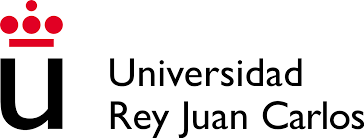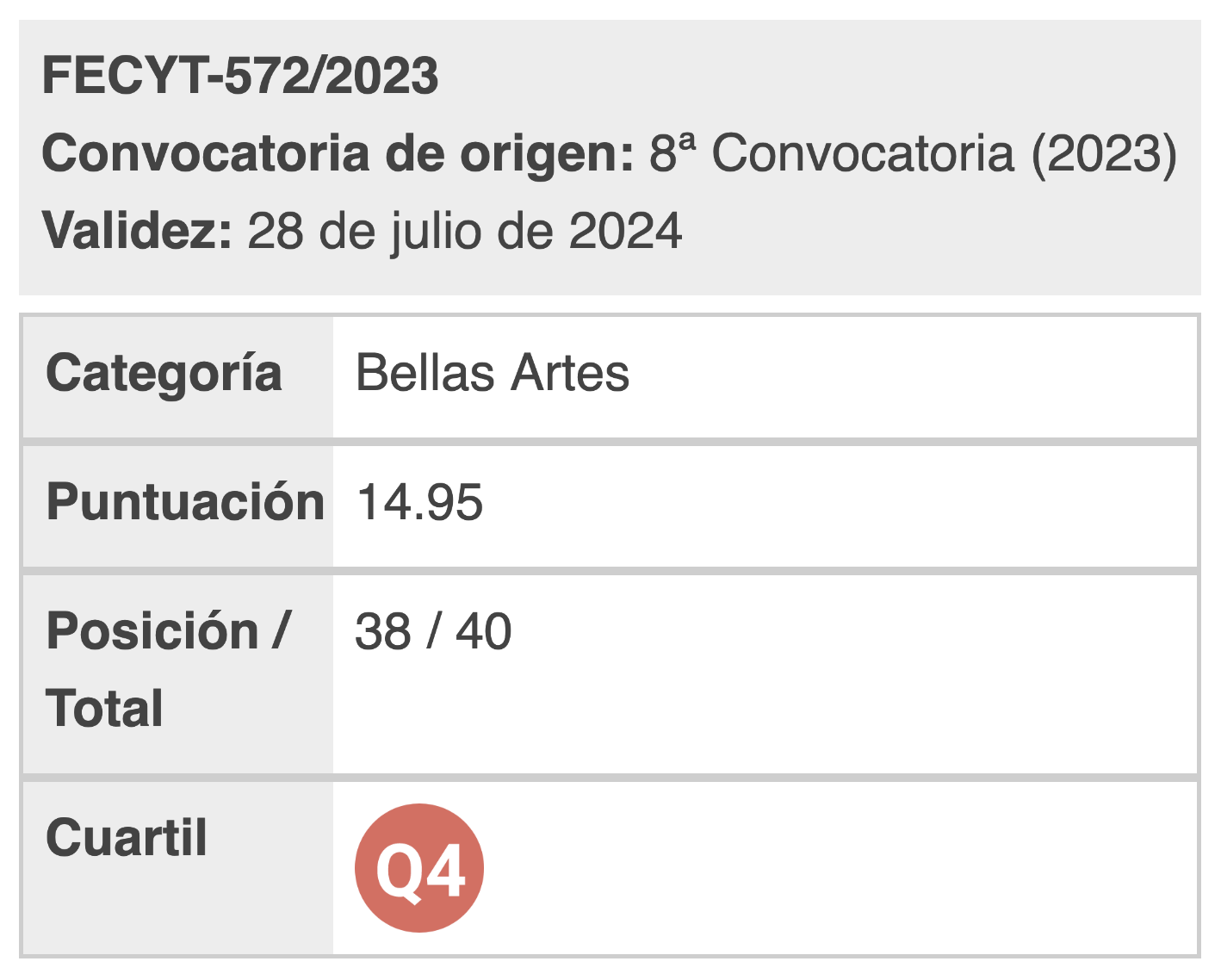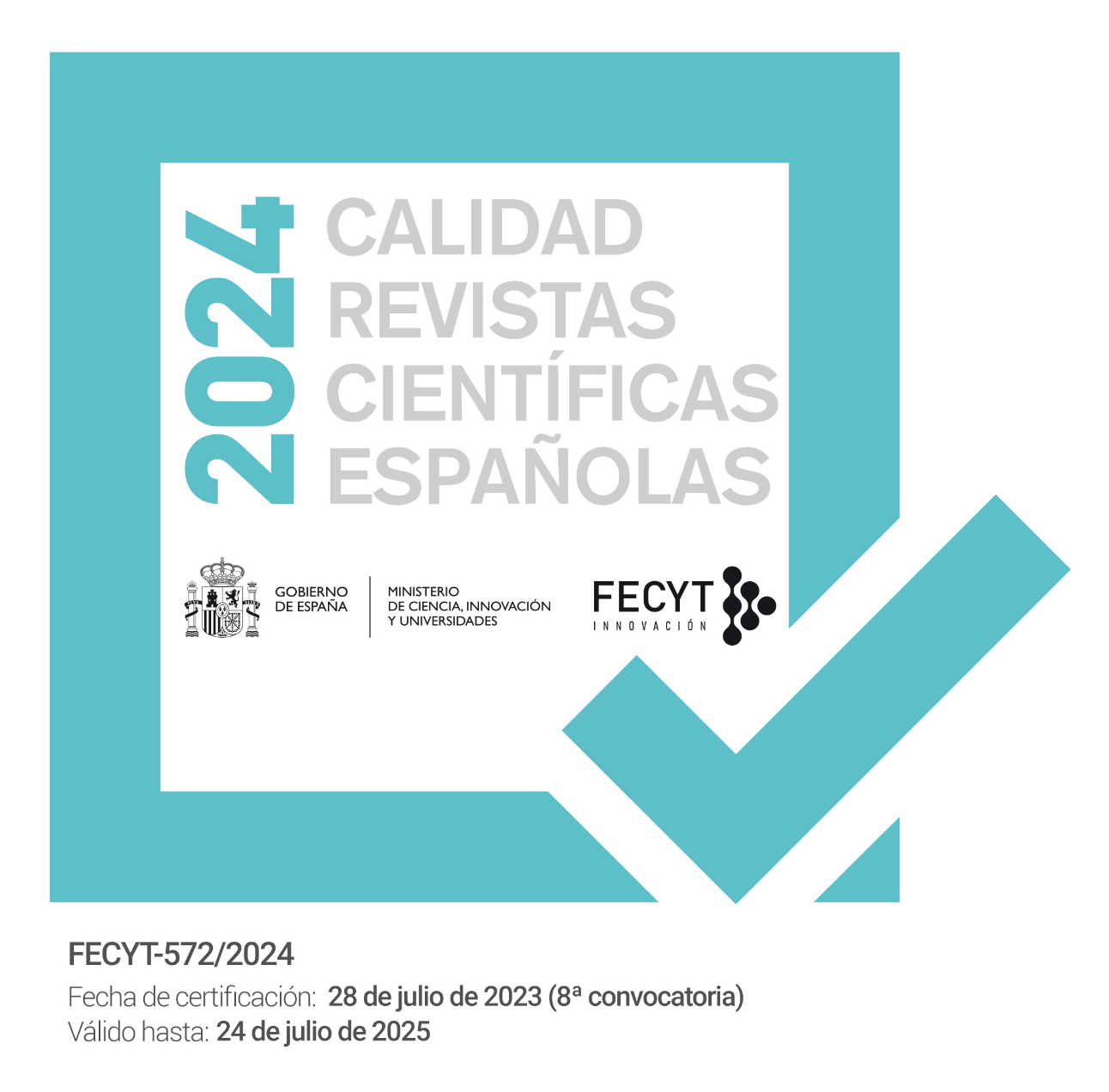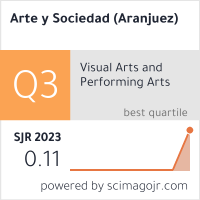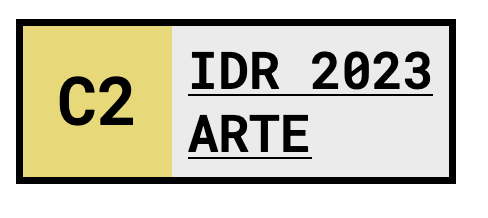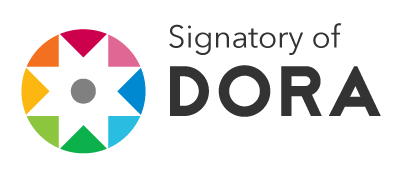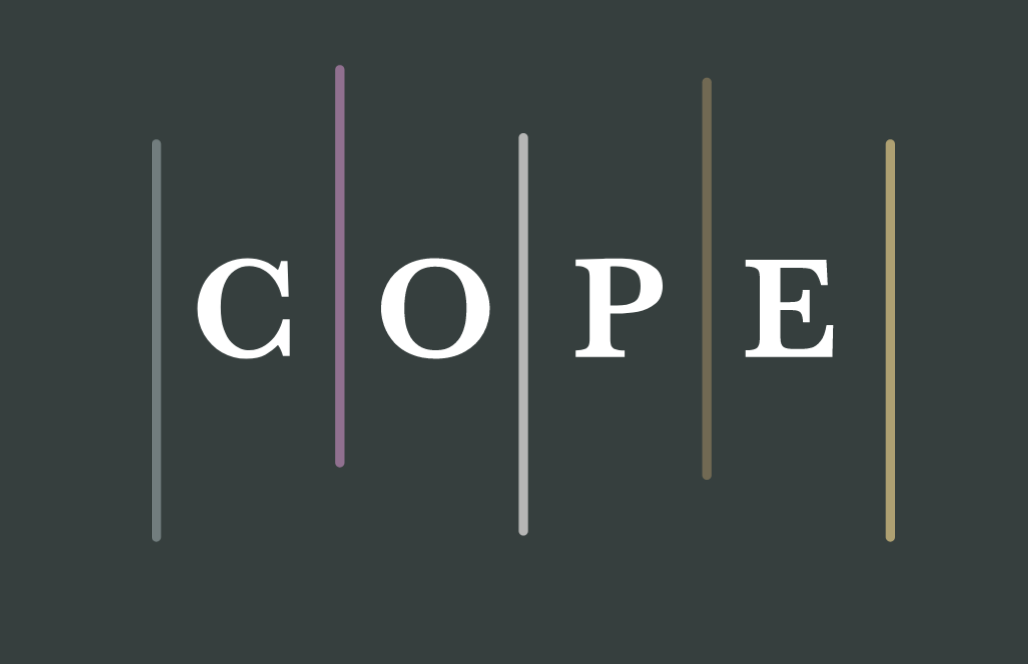Unlimited Limites
DOI:
https://doi.org/10.5281/zenodo.7643781Keywords:
Drawing, Performance, Thinking, Line, GPSAbstract
Through this manuscript, we try to analyse the work entitled Unlimited Limits as well as expose our experience as its authors. Therefore, we approach this analysis from the action itself and not from the consequence of that action. If we analysed Unlimited Limits as if it was closed (its “what”), we would be ignoring part of its reality (its “how”), the experience. Thus, the text that continues aims to expose not only the motivations and tensions that may arise during the implementation of a work that dialogues with its direct environment, it also tries to offer an approach to the experience that the launch of the project that combines performance and drawing entails.
References
Arnheim, R. (1992). Ensayos para rescatar el arte. Cátedra.
Berger, J. (2014). La apariencia de las cosas. Gustavo Gili.
Black, M. (2016). ¿Cómo representan las imágenes? Arte, percepción y realidad. Paidós.
Cassirer, E. (1994). Antropología filosófica. Introducción a una filosofía de la cultura. Fondo de Cultura Económica.
Dewey, J. (2008). El arte como experiencia. Paidós.
Gordillo, L. (1990). Desde el Greco. Doce artistas de vanguardia en el Museo del Prado. Mondadori España.
Kottak, C. P. (2011). Antropología cultural. The Mc Graw Hill.
Maubert, F. (2012). El olor a sangre humana no se me quita de los ojos. Conversaciones con Francis Bacon. Acantilado.
McMehon, A., Klooeper, C. & Power, B. (2015). Excellence in Arts Education. One School´s Story. International Journal of Education & the Arts, 16 (5).
Reale, G. & Antiseri, D. (2010). Historia del pensamiento filosófico y científico. Herder.
Sontag, S. (2011). Sobre la fotografía. Penguin Random House Grupo Editorial.
Zeisel, J (1981). Inquiry by design: tolos for environmente-behaviour research. Cambridge University Press.

Published
How to Cite
Issue
Section
License

This work is licensed under a Creative Commons Attribution 4.0 International License.
You are free to:
Share — copy and redistribute the material in any medium or format.
Adapt — remix, transform, and build on the material for any purpose, including commercial.
Attribution — You must properly acknowledge the authorship, provide a link to the license, and indicate if any changes have been made.
You may do so in any reasonable manner, but not in any way that suggests that you endorse or receive any endorsement by the licensor for your use.
No additional restrictions — You may not apply legal terms or technological measures that legally restrict you from doing what the license allows.

